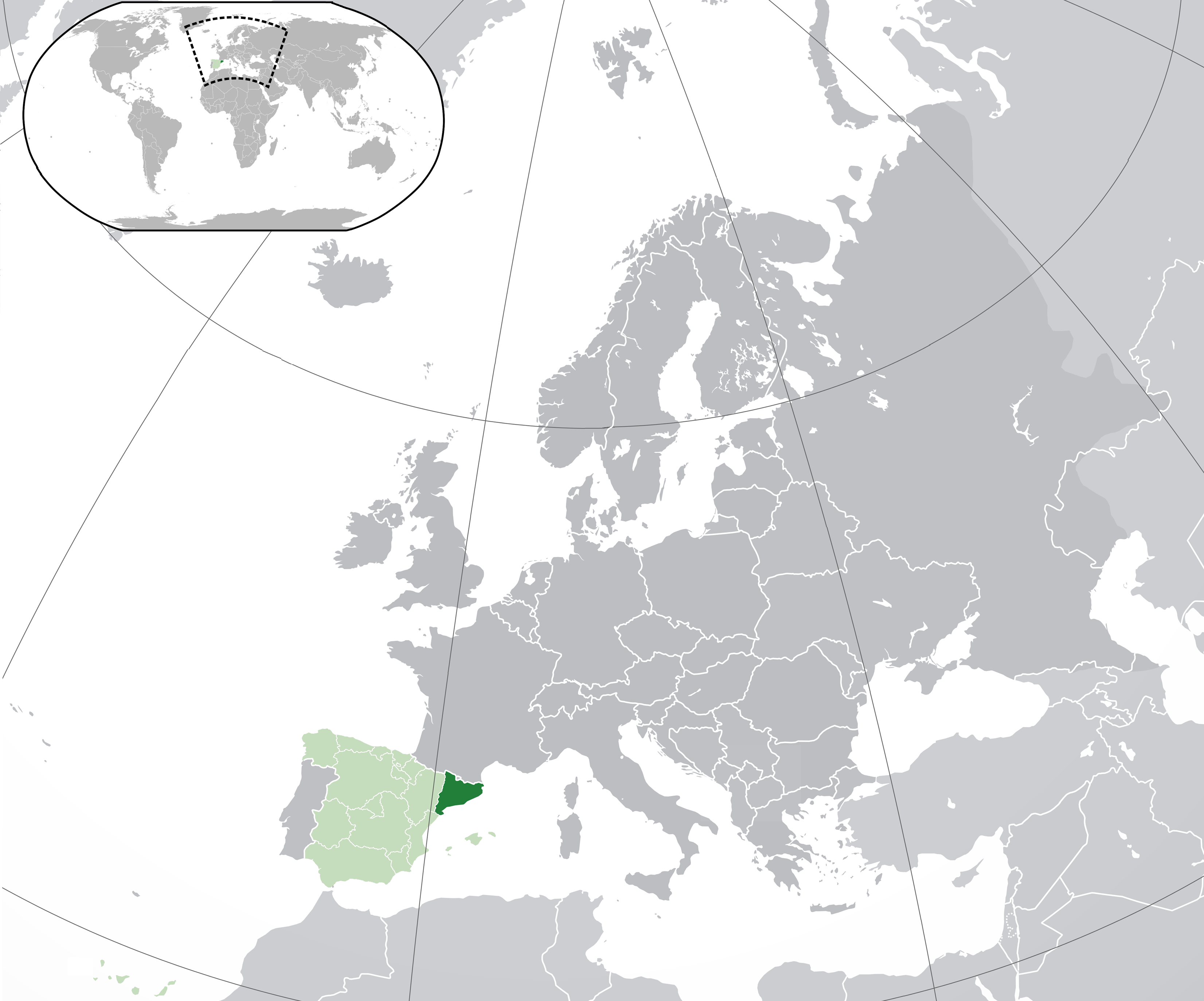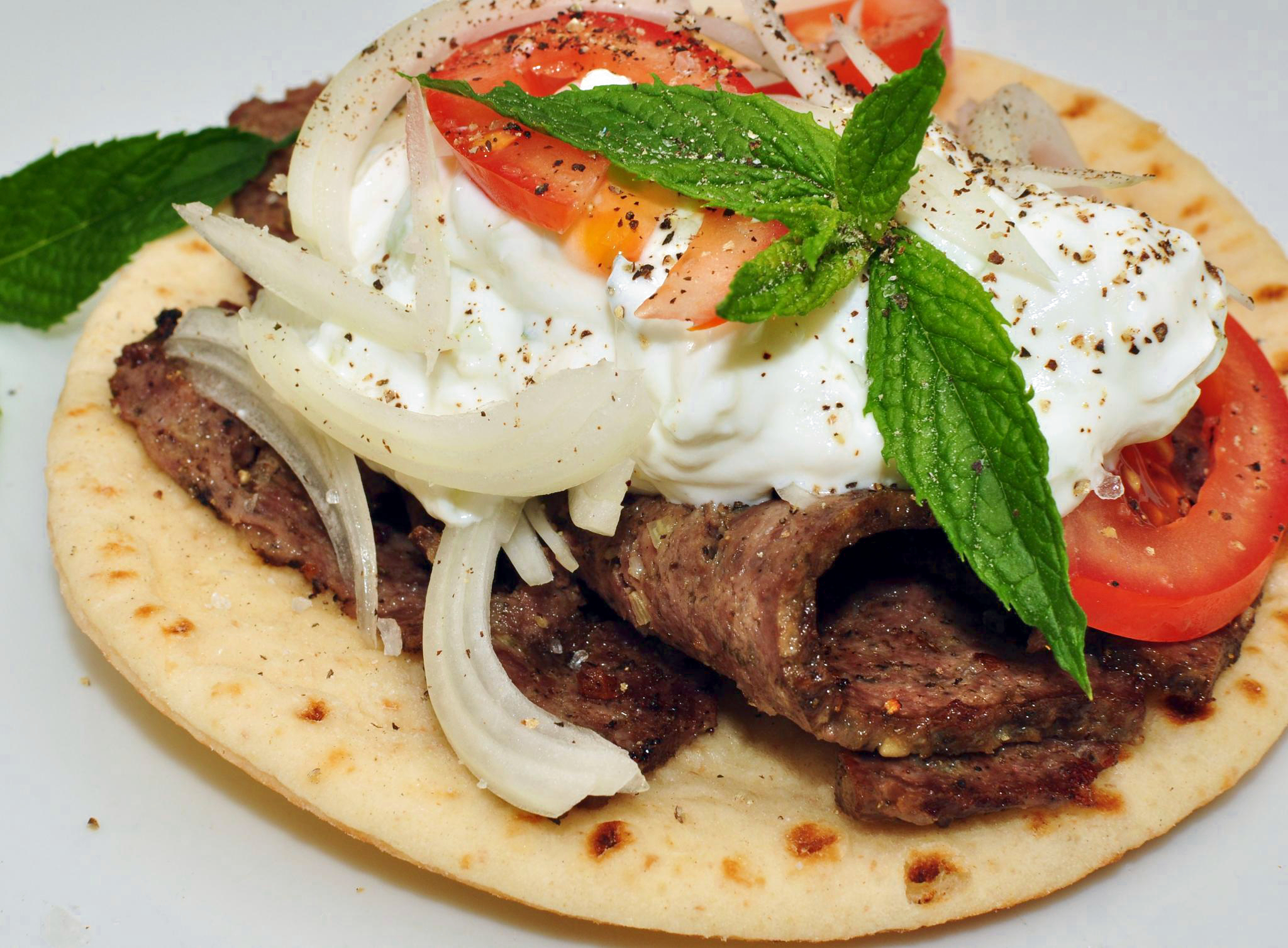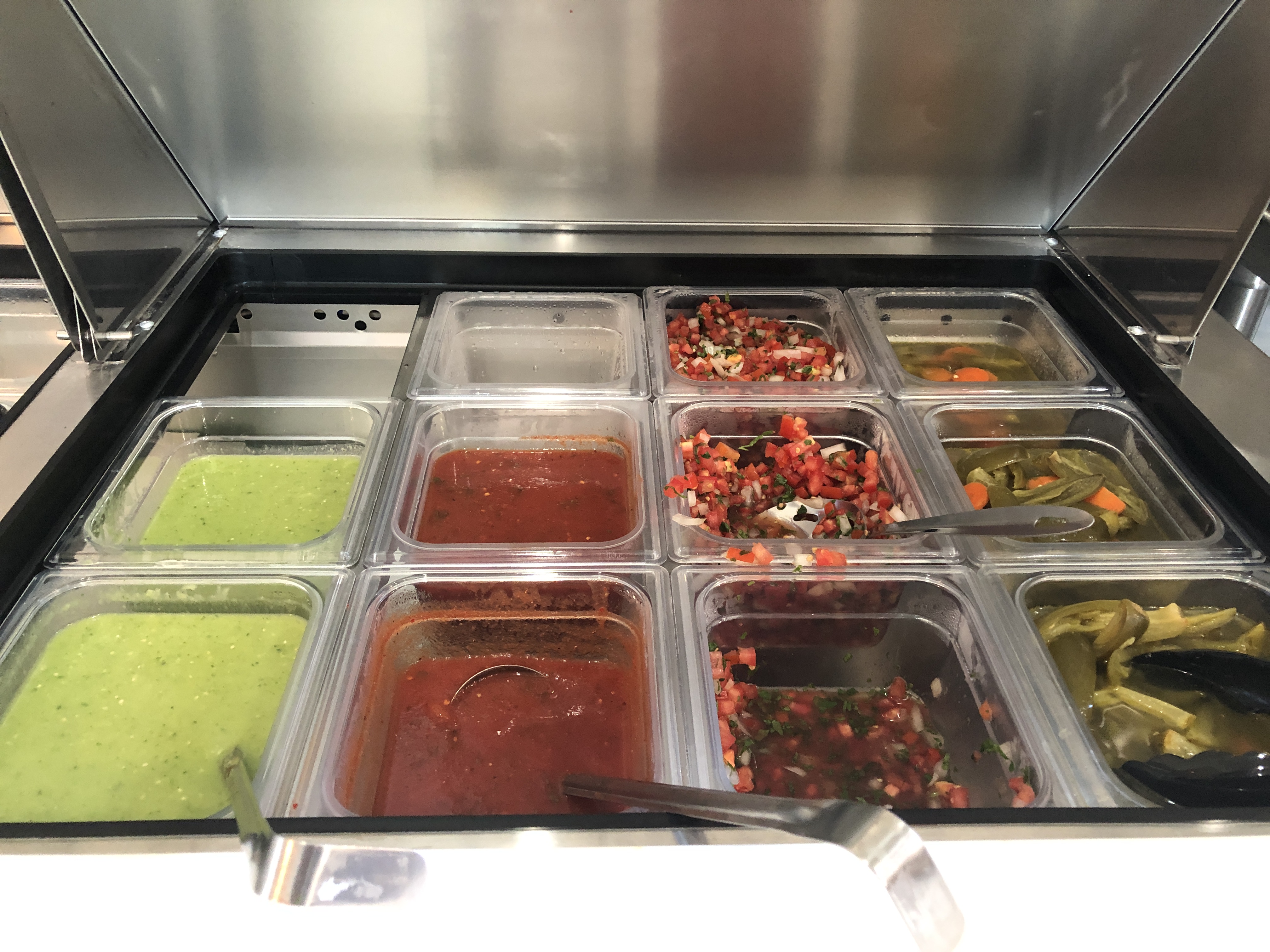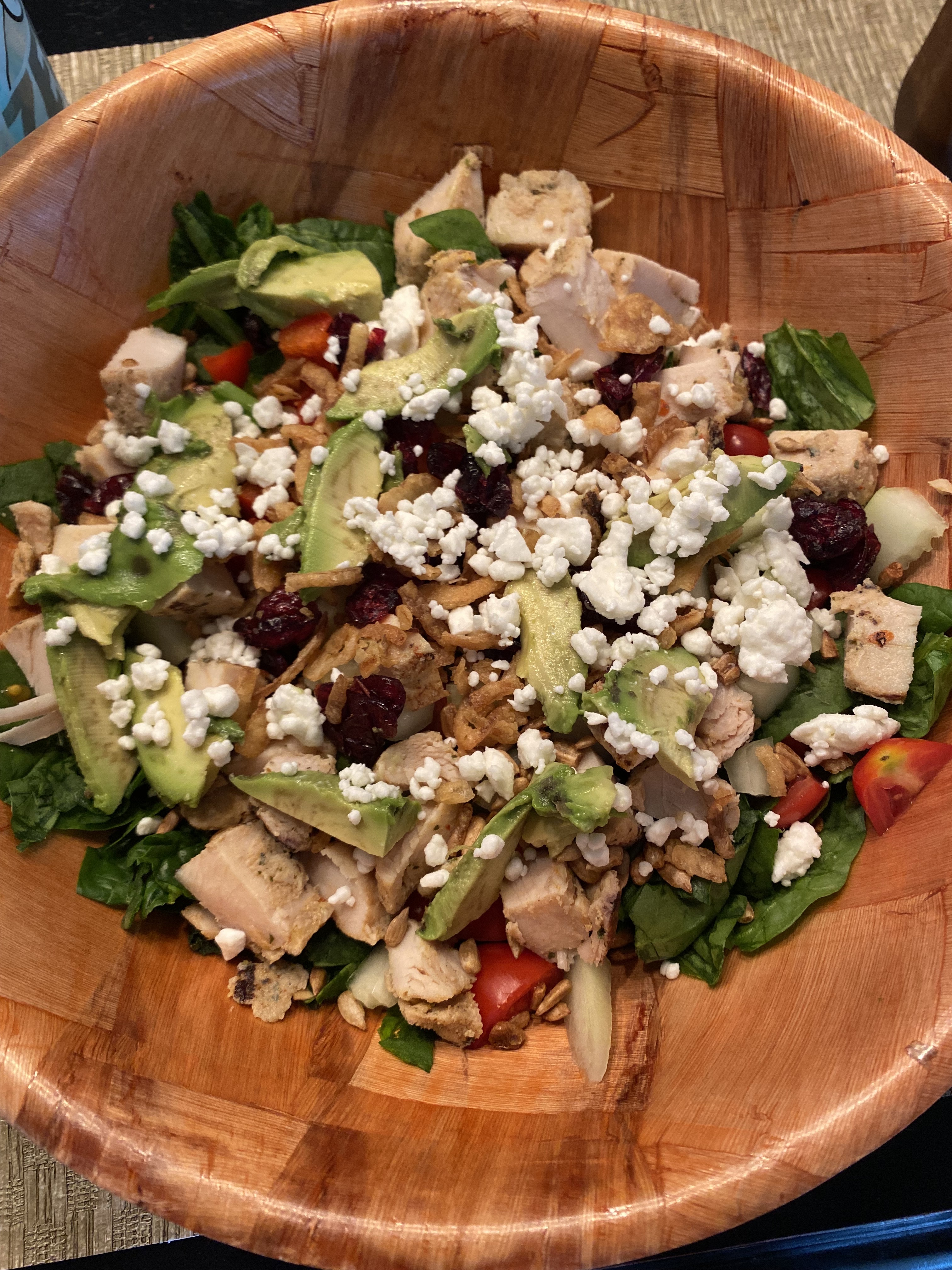|
Green Onion
Scallions (also known as green onions and spring onions) are edible vegetables of various species in the genus ''Allium''. Scallions generally have a milder taste than most onions. Their close relatives include garlic, shallots, leeks, chives, and Chinese onions. The leaves are eaten both raw and cooked. Scallions produce hollow, tubular, green leaves that grow directly from the bulb, which does not fully develop. This is different to other ''Allium'' species where bulbs fully develop, such as commercially available onions and garlic. With scallions, the leaves are what is typically chopped into various dishes and used as garnishes. Etymology and naming The names ''scallion'' and ''shallot'' derive from the Old French ''eschalotte'', by way of ''eschaloigne'', from the Latin ''Ascalōnia caepa'' or "Ascalonian onion", a namesake of the ancient Eastern Mediterranean coastal city of Ascalon. Other names used in various parts of the world include spring onion, green onion, t ... [...More Info...] [...Related Items...] OR: [Wikipedia] [Google] [Baidu] |
Allium
''Allium'' is a large genus of monocotyledonous flowering plants with around 1000 accepted species, making ''Allium'' the largest genus in the family Amaryllidaceae and among the largest plant genera in the world. Many of the species are edible, and some have a long history of cultivation and human consumption as a vegetable including the onion, garlic, scallion, scallions, shallot, shallots, leek, leeks, and chives, with onions being the second most grown vegetable globally after tomatoes as of 2023. ''Allium'' species occur in temperate climates of the Northern Hemisphere, except for a few species occurring in Chile (such as ''A. juncifolium''), Brazil (''A. sellovianum''), and tropical Africa (Allium spathaceum, ''A. spathaceum''). They vary in height between . The flowers form an umbel at the top of a leafless stalk. The bulbs vary in size between species, from small (around 2–3 mm in diameter) to rather large (8–10 cm). Some species (such as Wels ... [...More Info...] [...Related Items...] OR: [Wikipedia] [Google] [Baidu] |
Allium Fistulosum
''Allium fistulosum'', the Welsh onion, also commonly called bunching onion, long green onion, Japanese bunching onion, and spring onion, is a species of perennial plant, often considered to be a kind of scallion. The species is very similar in taste and odor to the related common onion, ''Allium cepa'', and hybrids between the two ( tree onions) exist. ''A. fistulosum'', however, does not develop bulbs, and its leaves and scapes are hollow (''fistulosum'' means "hollow"). Larger varieties of ''A. fistulosum'', such as the Japanese ''negi'', resemble the leek, whilst smaller varieties resemble chives. ''A. fistulosum'' can multiply by forming perennial evergreen clumps. It is also grown in a bunch as an ornamental plant. Names The common name "Welsh onion" does not refer to Wales; indeed, the plant is neither indigenous to Wales nor particularly common in Welsh cuisine (the green ''Allium'' common to Wales is the leek, ''A. ampeloprasum'', the national vegetable of Wales ... [...More Info...] [...Related Items...] OR: [Wikipedia] [Google] [Baidu] |
Romesco Sauce
Romesco () is a tomato-based sauce that originated from Valls, province of Tarragona, in Catalonia, Spain. The fishermen in this area made this sauce to be eaten with fish. It is typically made from any mixture of roasted tomatoes and garlic, toasted almonds, pine nuts, and/or hazelnuts, olive or sunflower oil, and ''nyora'' peppers (''capsicum annuum'', a sun-dried, small, round variety of red bell pepper). Flour or ground stale bread may be used as a thickener or to provide texture. Other common ingredients include sherry vinegar, red wine vinegar, and onions. Leaves of fennel or mint may be added, particularly if served with fish or escargot. It is very often served with seafood, but can also be served with a wide variety of other foods, including poultry, some red meats like lamb, and vegetables Vegetables are edible parts of plants that are consumed by humans or other animals as food. This original meaning is still commonly used, and is applied to plants collectivel ... [...More Info...] [...Related Items...] OR: [Wikipedia] [Google] [Baidu] |
Salvitxada
Salvitxada or salsa de calçots (''calçot sauce'') is a Catalan sauce originating in Valls, province of Tarragona in the region of Catalonia, which is served almost exclusively with calçots at the '' calçotades'', a traditional local barbecue. It is similar to romesco sauce with the difference that it is thickened with toast rubbed with fresh garlic, moistened with a little vinegar and pulverized. See also * List of sauces The following is a list of notable Culinary art, culinary and prepared sauces used in cooking and food service. General * * * * * * * * * * * * * * * * * * * – Creamy sauce accompanies with seafood * * * * * * ... * References Catalan cuisine Sauces {{Catalonia-cuisine-stub ... [...More Info...] [...Related Items...] OR: [Wikipedia] [Google] [Baidu] |
Calçot
Calçot () is a type of green onion. The name ''calçot'' comes from the Catalan language. The calçot from Valls (Catalonia, Spain) is a registered EU Protected Geographical Indication. Calçots are milder and less bulbous than onions and have a length of between 15 and 25 cm (white part) and a diameter of 1.7 to 2.5 cm at the root. Planted in trenches, like an onion, as a single bulb, and successively increasing the depth of the soil around the stems throughout autumn and winter (see earthing up), they sprout into 4–10 shoots, roughly the shape of small leeks or scallions. The origin of the ''calçot'' and its cooking method is in the town of Valls, where an annual event celebrates the harvest of calçots. Nowadays, thousands of eating gatherings centered around the ''calçots'', called ''calçotades'' (singular: '' calçotada''), are celebrated around Catalonia. In these events, they are grilled over a hot fire, wrapped up in newspaper, served on terra cotta tile ... [...More Info...] [...Related Items...] OR: [Wikipedia] [Google] [Baidu] |
Catalan Cuisine
Catalan cuisine is the cooking traditions and practices from Catalonia. It may also refer to the shared cuisine of Northern Catalonia and Andorra, the second of which has a similar cuisine to that of the neighbouring Alt Urgell and Cerdanya ''comarca, comarques'' and which is often referred to as "Catalan mountain cuisine". It is considered a part of western Mediterranean cuisine. History There are several Catalan language cookbooks from the Middle Ages that are known to modern scholars. The ''Llibre del Coch'' (1520) was one of the most influential cookbooks of Spanish Renaissance, Renaissance Spain. It includes several sauce recipes made with ingredients such as ginger, Mace (spice), mace powder ('), cinnamon, saffron, cloves ('), wine and honey. ''Salsa de pagó'' took its name from the peacock () that it was intended to be served with, but could accompany any type of poultry, and was part of the medieval Christmas dinner#Spain, Christmas meal. ' (or ' as it's called in the ... [...More Info...] [...Related Items...] OR: [Wikipedia] [Google] [Baidu] |
Vegetable Oil
Vegetable oils, or vegetable fats, are oils extracted from seeds or from other parts of edible plants. Like animal fats, vegetable fats are ''mixtures'' of triglycerides. Soybean oil, grape seed oil, and cocoa butter are examples of seed oils, or fats from seeds. Olive oil, palm oil, and rice bran oil are examples of fats from other parts of plants. In common usage, vegetable ''oil'' may refer exclusively to vegetable fats which are liquid at room temperature. Vegetable oils are usually edible. History In antiquity Olive oil has been a part of human culture for millennia.Ruth Schuster (December 17, 2014). "8,000-year old olive oil found in Galilee, earliest known in world", ''Haaretz''. Retrieved December 17, 2014. Archaeological evidence shows that olives were turned into olive oil by 6000 BC and 4500 BC in present-day Israel. Pagnol, p. 19, says the 6th millennium in Jericho, but cites no source. In ancient Egypt, plant oils including cedar oil, cypress oil, and ol ... [...More Info...] [...Related Items...] OR: [Wikipedia] [Google] [Baidu] |
Garnish (cooking)
A garnish is an item or substance used as a decoration or embellishment accompanying a prepared food dish or drink. In many cases, it may give added or contrasting flavor. Some garnishes are selected mainly to augment the visual impact of the plate, while others are selected specifically for the flavor they may impart. This is in contrast to a condiment, a prepared sauce added to another food item primarily for its flavor. A food item which is served with garnish may be described as being garni, the French term for "garnished." The difference between garnish and decoration, is garnish is edible. For example, plastic grass for sushi presentation is considered a decoration, not a garnish. Overview A garnish makes food or drink items more visually appealing. They may, for example, enhance their color, such as when paprika is sprinkled on a salmon salad. They may provide a color contrast, for example when chives are sprinkled on potatoes. They may make a cocktail more visually a ... [...More Info...] [...Related Items...] OR: [Wikipedia] [Google] [Baidu] |
Salsa (sauce)
A salsa is any of a variety of sauces used as condiments for tacos and other Mexican and Mexican-American foods, and as dips for tortilla chips. They may be raw or cooked, and are generally served at room temperature. Though the word ''salsa'' means any kind of sauce in Spanish, in English, it refers specifically to these Mexican table sauces, especially to the chunky tomato-and- chili-based pico de gallo, as well as to salsa verde. Tortilla chips with salsa are a ubiquitous appetizer in Mexican-American restaurants, but not in Mexico itself. History The use of salsa as a table dip was popularized by Mexican restaurants in the United States. In the 1980s, tomato-based Mexican-style salsas gained in popularity. In 1992, the dollar value of salsa sales in the United States exceeded those of tomato ketchup. Tomato-based salsas later found competition from salsas made with fruit, corn, or black beans. Since the 2000s sweet salsas combining fruits with peppers like haba ... [...More Info...] [...Related Items...] OR: [Wikipedia] [Google] [Baidu] |
Salad
A salad is a dish consisting of mixed ingredients, frequently vegetables. They are typically served chilled or at room temperature, though some can be served warm. Condiments called '' salad dressings'', which exist in a variety of flavors, are usually used to make a salad. Garden salads have a base of raw leafy greens (sometimes young "baby" greens) such as lettuce, arugula (rocket), kale or spinach; they are common enough that the word ''salad'' alone often refers specifically to garden salads. Other types of salad include bean salad, tuna salad, bread salads (such as fattoush, panzanella), vegetable salads without leafy greens (such as Greek salad, potato salad, coleslaw), rice-, pasta- and noodle-based salads, fruit salads and dessert salads. Salads may be served at any point during a meal: * Appetizer salads – light, smaller-portion salads served as the first course of the meal * Side salads – to accompany the main course as a side dish; examples inclu ... [...More Info...] [...Related Items...] OR: [Wikipedia] [Google] [Baidu] |






